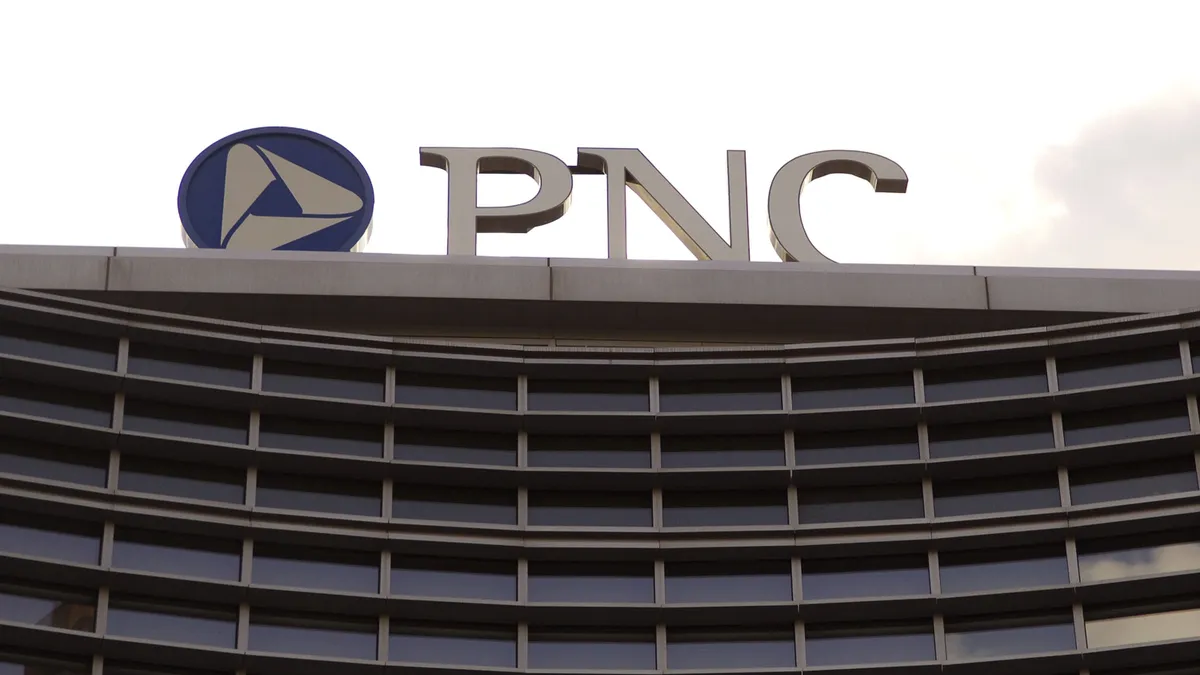Some large banks have dismissed the threat private credit poses to the banking industry, saying nonbanks are mostly extending loans banks wouldn’t.
But that’s no longer the case, according to Richard Rosenthal, a principal in Deloitte’s risk and financial advisory practice.
“I don’t think this is just the stuff that banks are turning down anymore,” Rosenthal said during a recent interview.
In the $1.5 trillion private credit market, which includes firms such as Ares Management, Blackstone and KKR, some firms are targeting core middle-market lending, he said, and those nonbanks are showing an increasing willingness to get involved with loan servicing and the entire front-to-back lending process, encroaching on banks’ territory.
“Banks have built a very good mousetrap” when it comes to originating and servicing loans, Rosenthal said.
“That’s being replicated in nonbanks, in many cases,” he said.
That’s some of what caught Rosenthal’s attention when putting together a recent report on the growth of private credit and how banks can rethink strategies and respond to that evolution.
In analyzing Federal Reserve data, Deloitte confirmed bank lending has declined, from 44% of all corporate borrowing in 2020 to 35% last year. Meanwhile, direct lending has become a dominant focus for private credit firms, reaching about $800 billion in assets under management – about half of all private credit investments, the report said.
“Deloitte’s research found many banks are not embracing new opportunities, even when private credit poses a serious risk to their current lending business,” the August report, informed by companies’ public disclosures and securities filings, noted. “This analysis shows that this is especially true for regional banks: Some have yet to respond with a clear strategy.”
While some banks are striking joint ventures or establishing dedicated business units that deploy more nimble underwriting strategies, many banks have not yet formalized a response, Rosenthal said. Some are watching and wondering if the trend will revert, he said.
Executives with JPMorgan Chase, Wells Fargo and Regions Bank have all indicated private credit firms’ role in the lending market has grown. Increasingly, the battleground for lenders and nonbank firms appears to be “the hearts and minds” of large companies, which feels like “a pretty big threat,” Rosenthal said.
It’s not clear that regional banks fully appreciate the opportunity size or the capability that exists in the nonbank space, said Rosenthal and Jeff Levi, a Deloitte Consulting principal who advises asset and wealth managers.
“Many of them kind of sat on their hands,” and have “watched this massive trend disrupt their business,” Levi said.
Making strategic choices
At the same time, banks are highly distracted, Rosenthal added, pointing to factors such as increased regulatory work. He’s concerned banks aren’t devoting the resources and management attention needed to reframe strategy so they don’t lose ground to private credit firms.
Nonbanks are offering “high-touch, white-glove kind of experiences,” that are customized and expedited, Rosenthal said.
“So can you do your best to create that, with all the regulatory headwinds that you have?” he asked.
Bank executives should be assessing the lender’s strengths, where to be deliberately active and how they can cooperate or compete with direct lenders, the analysts said. That can take a number of forms, including synthetic risk transfers, where banks handle origination but then turn to private credit firms to remove some of the burden from their balance sheets.
“Are you engaged in fund services? Are you engaged in origination partnerships? Are you using a nonbank to transfer risk?” Rosenthal said.
Every option won’t work for every bank, but it would behoove banks to make “more deliberate, strategic choices” and identify “this is where we're going to go to battle,” he said.
The expected increase in capital requirements from the Basel III endgame could further challenge the private credit-bank dynamic, since the cost of capital, liquidity and compliance would be “tremendously higher,” Rosenthal said.
“Nonbanks operate with a lot more leverage than banks do,” he said.
Mutually dependent
Ultimately, though, it’s “still a very symbiotic relationship,” Rosenthal said.
Banks’ funding of nonbanks has skyrocketed, so banks are competing against nonbanks but also lending to them. That’s something the Federal Reserve Bank of New York highlighted in June, noting nonbanks are “especially dependent on banks both for term loans and lines of credit.”
To that end, the Fed recently proposed new rules aimed at increasing the granularity of data revealing banks’ exposure to nonbanks. That specificity will be helpful to the market, and likely reveal what some have been worried about – that there’s significant dependency between the two sectors, Rosenthal said, adding he expects to see more data and reporting around this in the coming quarters.
And in a similar vein, the Financial Stability Oversight Council now has the ability to designate a nonbank as systemically important, as more financial activity has moved beyond the bank sector.
“Will they ever use it, I think, is the question,” Rosenthal said of FSOC’s capability. He said he doesn’t expect action immediately, given all that’s on regulators’ plates and the political dynamic in Washington. But a number of firms are preparing to be labeled as such, he said.
“That could be one of the ways this market shifts, and one way to level the playing field, is if they made a move,” Rosenthal said.






















